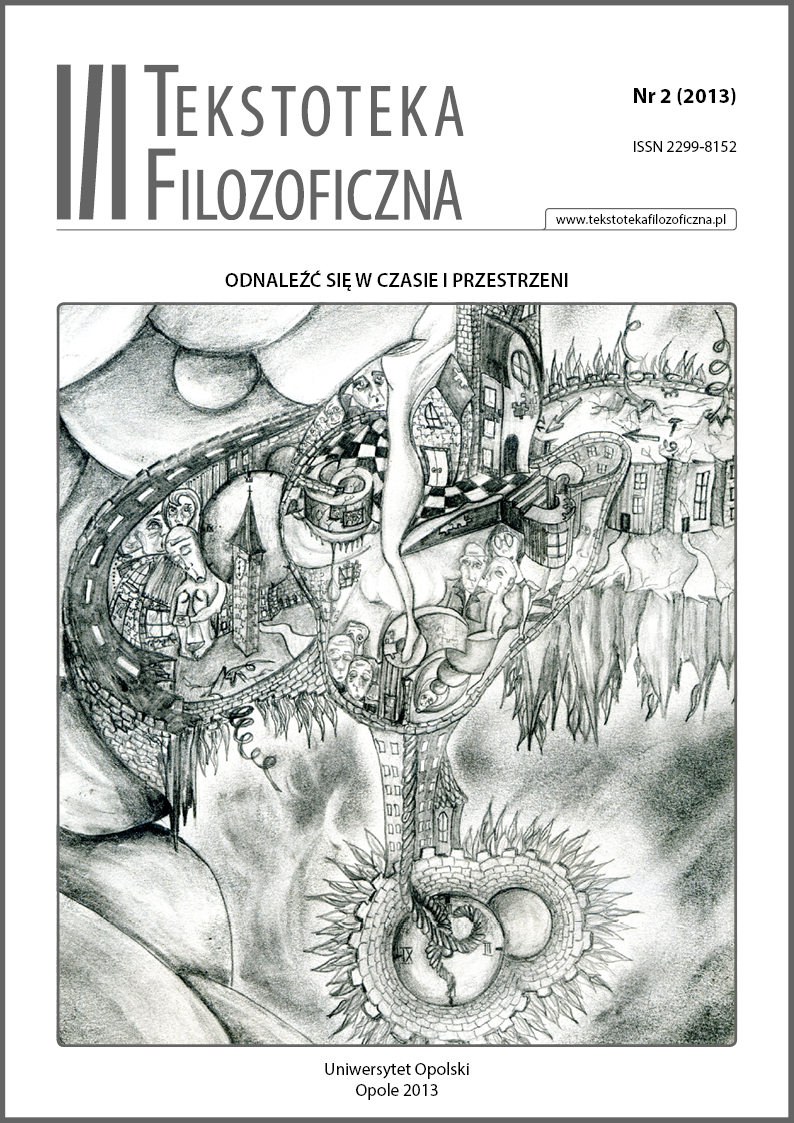Archeologia dyskretnej iluzji ruchu
The archaeology of the discrete illusion of the motion
Author(s): Jakub JernajczykSubject(s): Philosophy, History of Philosophy, Special Branches of Philosophy
Published by: Uniwersytet Opolski
Keywords: continuous and discrete phenomena; film; discretization; sampling; quantization; James; Bergson; cinematographic mechanism of thinking; Zeno’s paradoxes; zoetrope
Summary/Abstract: Why did the humankind have to wait so long for the creation of the motion picture or any other more primordial mechanical form of motion representation? The attempt of giving the answer to the vital for this paper question will direct us towards Henri Bergson and William James’ philosophy, particularly to the conception of the cinematographic mechanism of thinking proposed by Bergson. This in turn takes us back to antiquity to the aporias of Zeno of Elea. We shall pay a special attention to the argument called the Arrow in which the idea of creating the motion illusion from static images was already contained. The synthetic look at intellectual achievements of the ancient in mathematics, technique, philosophy or aesthetics will let us consider what factors could make them not to direct their thought towards the mechanical representation of the motion though all the required elements were, as it seems, available for them.
Journal: Tekstoteka Filozoficzna
- Issue Year: 2013
- Issue No: 2
- Page Range: 17-23
- Page Count: 7
- Language: Polish

